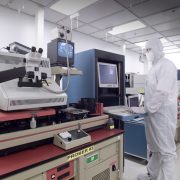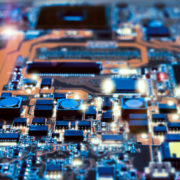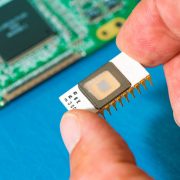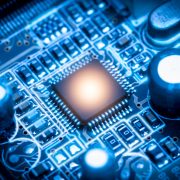The Use of 3D Imaging ASIC in Medicine
The availability of 3D imaging ASIC has revolutionized the way health and medical care professionals create accurate models of every part of the human body.
With more detailed images, it is easier to detect medical conditions that are not possible especially during the early signs of an emerging condition. The creation of in-depth imaging helped medical and health care providers carry out the best treatment and management for their patients.
Advances in three-dimensional imaging techniques provide important benefits for both doctors and patients. Custom-made medical equipment and products have proved to offer positive impacts in different medical-related activities including implants and surgeries.
Besides, it is known to give beneficial influence in terms of patient recovery time, the required time for surgery, and the success of any surgical operation. With its satisfactory advantages, the use of 3D imaging ASIC is anticipated to be universally used in the coming years for accuracy and efficiency in every medical specialization.
3D Imaging in Healthcare Applications
Three-dimensional imaging is critical to several medical diagnostic and therapeutic applications. This is because the value of this technology has immensely elevated the way physicians and medical specialists accurately diagnose, manage, and do procedures to save money and time.
Diagnostic Imaging
3D imaging captures highly accurate images in multiple angles or varying depths according to the referring physician’s needs. Due to this, the technology helps medical experts see things clearly and avoid or minimize the risk of human diagnostic errors.
To be given accurate images which can be synthesized into cross-section, physicians are now given the tools to come up with precise diagnostics and treatment planning.
Surgical Planning
Surgeons are now able to strategize more precisely before any surgical procedure through the aid of 3D imaging ASIC. In the same token, better visualization of the human anatomy is possible with the existence of 3D imaging.
Increased understanding of the complex human body provides more detailed information about a certain condition and surgical planning.
Telemedicine
In today’s modern technology, medical experts can share their expertise with practitioners across the globe.
This is because with three-dimensional imaging, team members can work together without the need of being physically there. As a result, telemedicine or teleconsultation cuts down the need to transport patients to other facilities.
3D Printing
3D imaging ASIC allows medical professionals to come up with customized medical plans, devices, or tools faster than before. The recent advances in technology aid clinicians to develop better approaches, treatment, and management of different medical conditions. This goes to help with patient comfort, satisfaction, and rehabilitation.
Benefits of 3D Imaging
To conclude, here are some of the overall benefits of 3D imaging:
- Improved productivity
- Cost efficiency
- High accuracy
- Customization and personalization
- Data sharing among researchers for collaboration
Three-dimensional imaging is also useful in areas like orthopedics, neurosurgery, brain imaging, design of prosthesis, oncology, and so much more.
Looking for a proposal? Click here to visit our contact page!
Linear MicroSystems, Inc. is proud to offer its services worldwide as well as the surrounding areas and cities around our Headquarters in Irvine, CA: Mission Viejo, Laguna Niguel, Huntington Beach, Santa Ana, Fountain Valley, Anaheim, Orange County, Fullerton, and Los Angeles.











